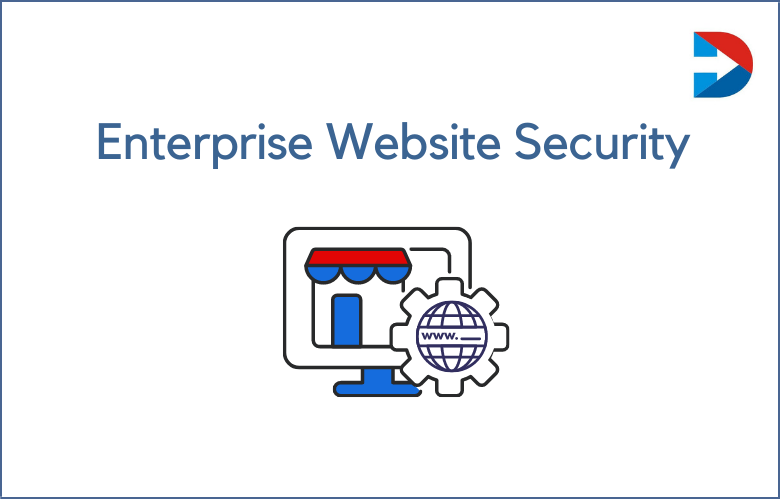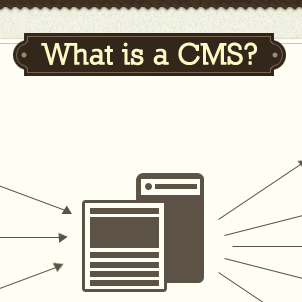With the increasing number of cyber threats and attacks, it is essential for website owners to prioritize their website’s security. Taking proactive measures to protect your website can help safeguard not only your valuable data but also the trust of your visitors. In this article, we will discuss some of the best practices for ensuring website security.
1. Keep Your Software Up-to-Date
Regularly updating your website’s software, including its content management system (CMS), plugins, themes, and scripts, is crucial to maintaining security. Developers often release updates that fix vulnerabilities and patch security loopholes. By promptly applying these updates, you can protect your website from potential security breaches.
2. Use Strong and Unique Passwords
Creating strong and unique passwords is fundamental in preventing unauthorized access to your website. Avoid using common passwords or easily guessable combinations. Instead, use a combination of uppercase and lowercase letters, numbers, and special characters. Additionally, remember to change your passwords regularly and avoid reusing them across multiple platforms.
3. Implement Two-Factor Authentication
Enabling two-factor authentication (2FA) can add an extra layer of security to your website login process. 2FA requires users to provide an additional authentication factor, typically through a mobile device or email, along with their password. This helps prevent unauthorized access even if the password is compromised.
4. Regularly Back Up Your Website
Regularly backing up your website is crucial in case of any security incidents or data loss. This ensures that you can restore your website to a previous working state quickly. Schedule automated backups and store them in secure, off-site locations to mitigate the risk of losing critical data.
5. Use Secure Socket Layer (SSL) Certificates
Implementing SSL certificates is essential for websites that handle sensitive information, such as personal data or financial transactions. SSL encrypts data communication between your website and users, preventing hackers from intercepting and accessing it. Displaying a secure padlock icon on your website will also enhance visitors’ trust and confidence.
6. Protect Against Cross-Site Scripting (XSS) Attacks
XSS attacks occur when a malicious script is injected into a website, potentially compromising users’ data and exposing them to further attacks. Protecting your website against XSS attacks involves properly sanitizing user inputs, validating forms, and using security libraries or frameworks that address XSS vulnerabilities.
7. Use a Web Application Firewall (WAF)
A web application firewall (WAF) can help protect your website from various types of attacks, including SQL injection, cross-site scripting, and other common vulnerabilities. WAFs act as a filter between your website and incoming traffic, blocking malicious requests and ensuring that only legitimate traffic can access your website.
8. Regularly Scan and Monitor Your Website
Regularly scanning and monitoring your website for potential vulnerabilities and malware is essential to maintain its security. Employ automated tools or services that can identify security weaknesses, detect suspicious activities, and provide real-time alerts. Promptly addressing any identified issues can help prevent security breaches.
9. Limit User Access and Permissions
Granting users only the necessary access and permissions can greatly reduce the risk of security breaches. Implement role-based access control (RBAC) to ensure that each user has the minimum permissions required to perform their tasks. Regularly review and revoke unnecessary access rights to minimize potential vulnerabilities.
10. Educate Your Team and Users
Educating your team and users about basic cybersecurity practices is vital in maintaining website security. Train your team on identifying phishing emails, suspicious links, and other common security threats. Likewise, educate your users on best practices, such as using strong passwords, avoiding clicking on suspicious links, and being cautious while sharing personal information online.
Conclusion
Implementing effective website security measures is essential in safeguarding your website from potential threats. By following these best practices, you can significantly reduce the risk of security breaches, protect valuable data, and ensure a secure browsing experience for your visitors. Prioritize website security, and stay one step ahead of cybercriminals.


